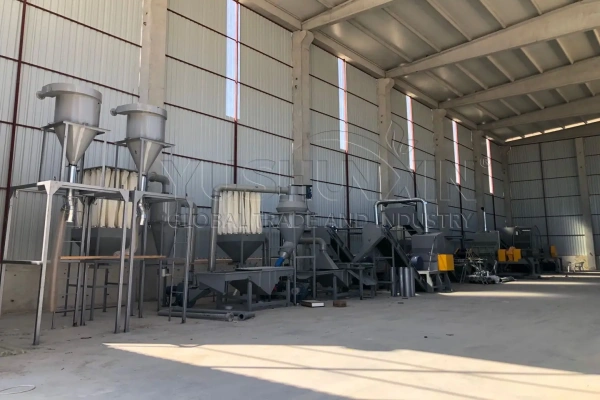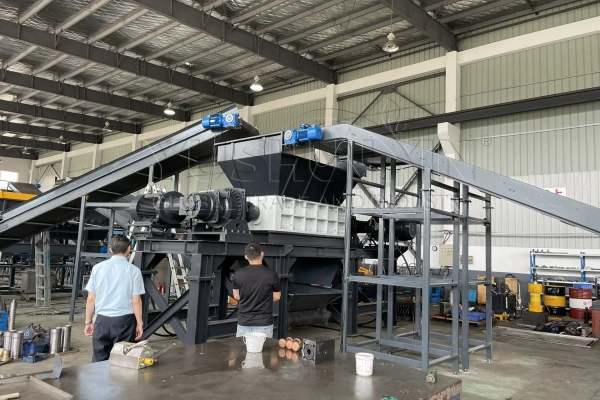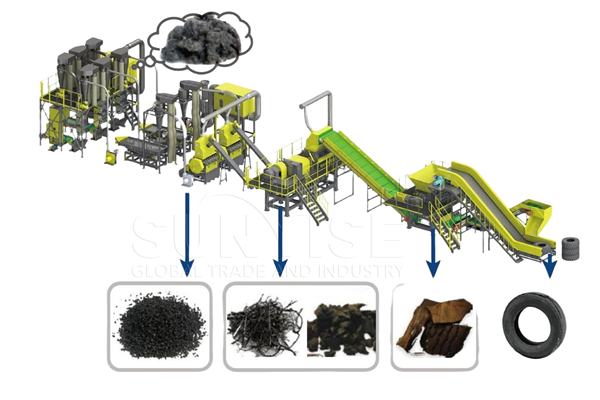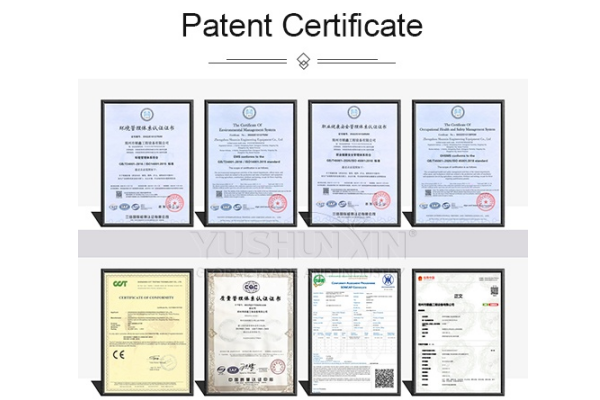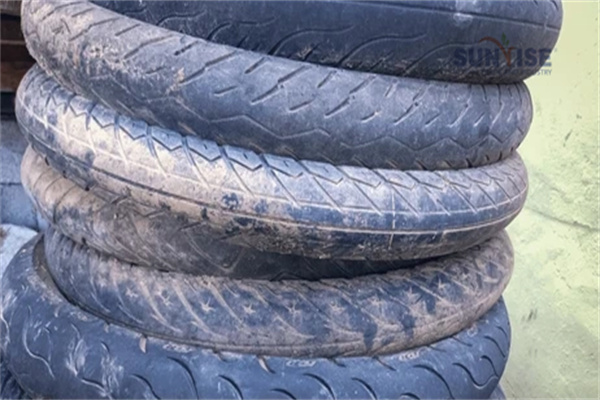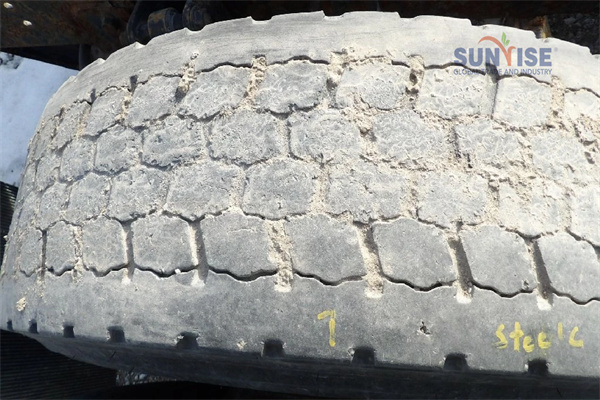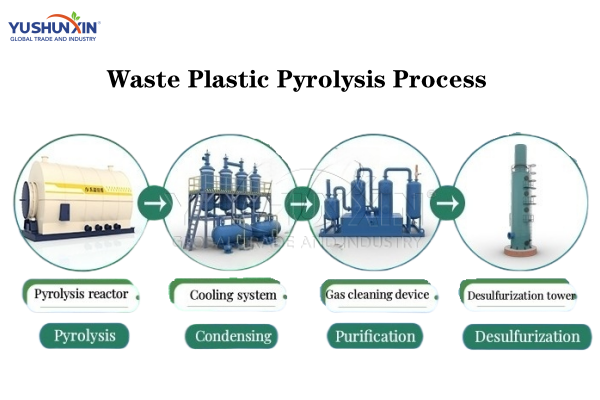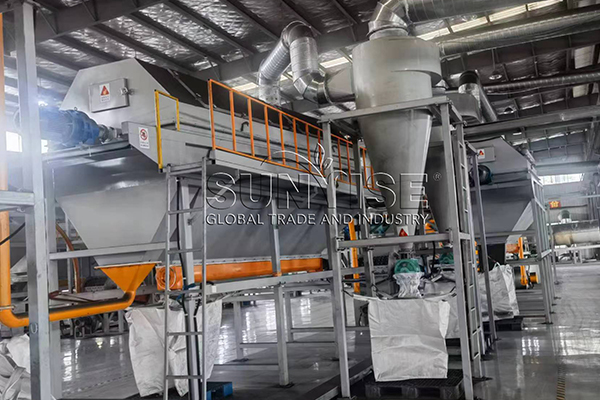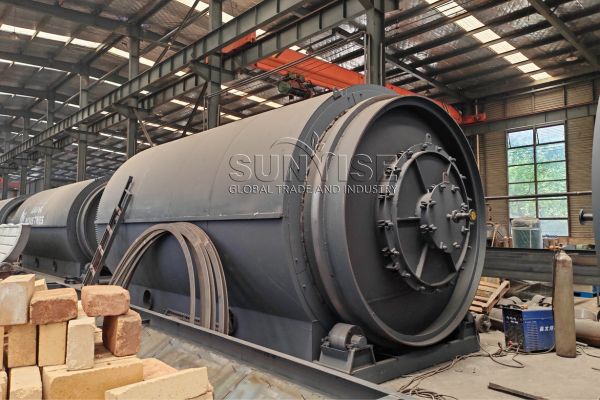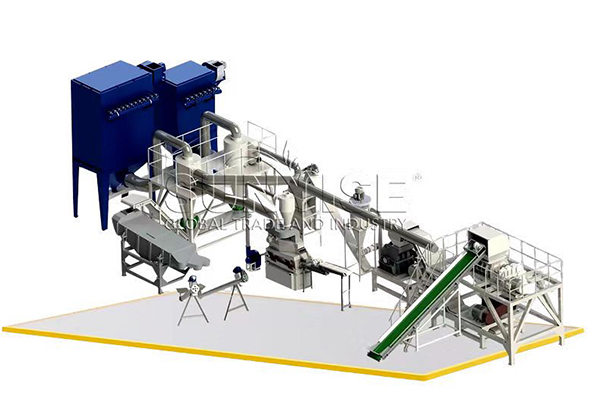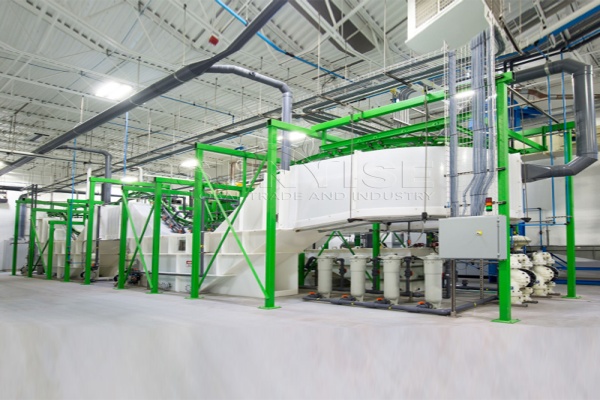Every year, over 1.5 billion scrap tires burden our planet as industrial “black pollution” – with the US discarding 300 million units and EU recycling 4 million metric tons.
However, this growing environmental crisis hides a golden business opportunity: modern tire recycling production lines now convert discarded rubber into high-value commodities like rubber powder, steel wires, e hinu pyrolysis. As global demand for sustainable manufacturing soars, innovative factories are leveraging cutting-edge tire recycling equipment to turn ecological challenges into profitable ventures.
Today we’ll explore how automated tire recycling lines work, their ROI potential, and why they’re becoming must-have systems for forward-thinking waste management enterprises.
Eaha te mau tauihaa e tano no te mau reni o te mau pereoo uira?
E nehenehe te reni faaapîraa i te mau pehu e faaohipahia ma te aravihi e rave rau mau huru huira pehu (Te mau materia no te haapiiraa). I muri iho, a faariro i te reira ei tao'a faufaa aore ra e nehenehe e faaohipa - faahou - hia. I raro nei, te vai ra te tahi mau tao'a e tano no te ota o te nehenehe e faaohipahia na roto i te mau ravea faaapîraa i te mau pehu.
What is the Waste Tyre Shredding Recycling Line?
I roto i ta tatou reni faaapîraa i te mau pehu, te vai ra e rave rahi mau matini taa ê. E haapapu teie faanahoraa no te faaapîraa e mea aravihi te tuhaa tataitahi o te faaapîraa, Te mau mana'o tauturu no te haapiiraa, e te hamani nei i te mau materia e tano no te mau faaohiparaa e rave rahi.
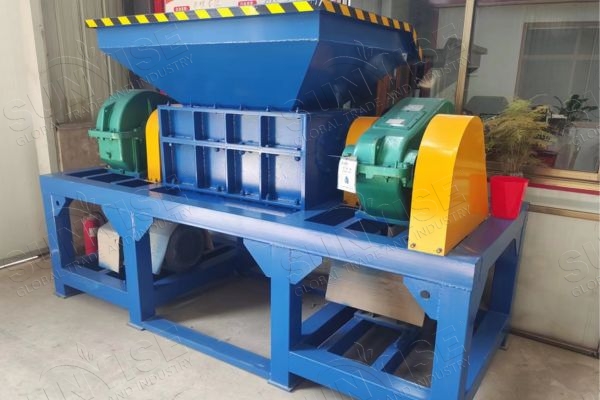
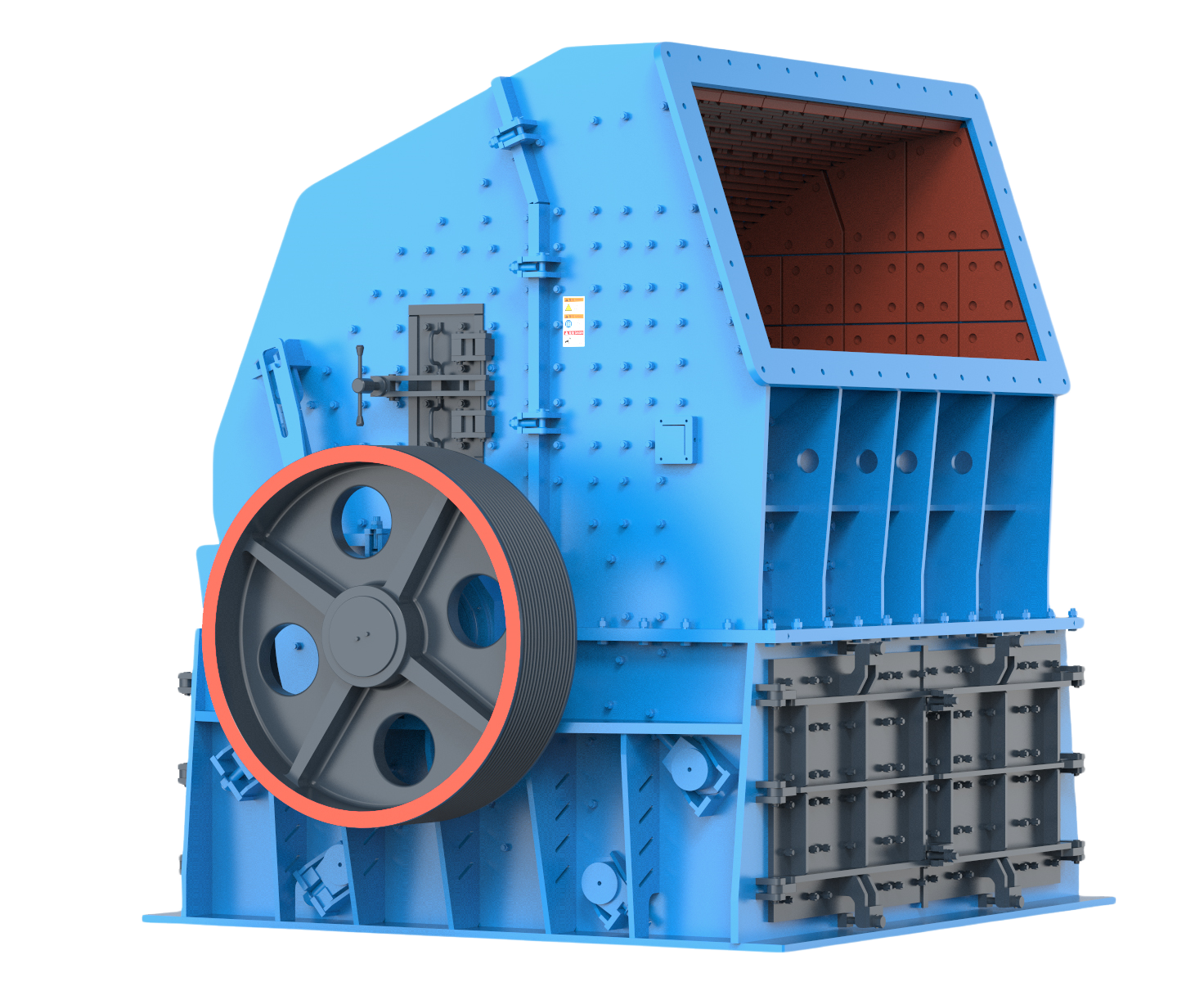

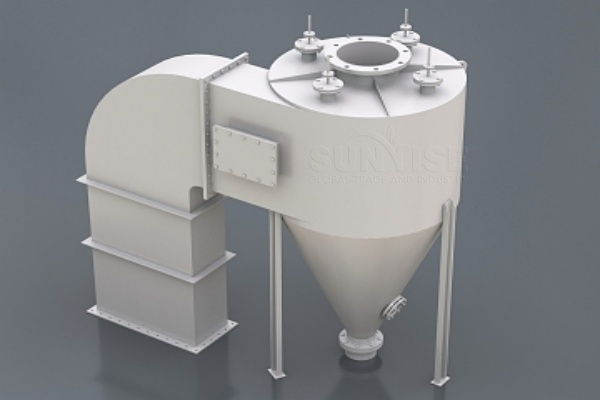
What Is The Process of Waste Tyre Pyrolysis Recycling Line?
The YSX waste tire pyrolysis recycling system represents an innovative industrial solution that leverages pyrolysis technology to transform end-of-life tires into commercially viable resources. This advanced recycling infrastructure not only provides an effective approach to managing waste tire accumulation but also enables the production of valuable by-products with significant economic potential.
Material Input
Waste tires or processed rubber powder are systematically fed into the pyrolysis reactor, serving as the primary feedstock for the conversion process.
Thermal Processing
The reactor is heated using various fuel sources, including tyre pyrolysis fuel oil, liquefied petroleum gas (LPG), natural gas, coal, or biomass. This heating phase initiates the pyrolysis reaction, prompting the chemical decomposition of tire materials at elevated temperatures.
By-Product Separation
As the temperature inside the reactor increases, gaseous hydrocarbons are released from the pyrolyzing tires. These vaporous components undergo a condensation process to form hinu pyrolysis—a valuable output—while non-condensable gases undergo desulfurization and dust removal treatments. These treated gases can either be recycled to supply heat for the reactor or safely discharged into the atmosphere.
Reactor Cooling and Residue Extraction
Once the pyrolysis cycle is completed, the reactor is gradually cooled. Following this cooling phase, the solid residue—primarily composed of Te mau mana'o tauturu no te tuatapaparaa e—is removed for further processing or utilization.
Emission Control
A dedicated exhaust gas purification system is employed to treat any remaining gaseous emissions, ensuring that all discharges meet strict environmental regulations and standards for air quality.
This integrated approach combines efficient material conversion with environmental responsibility, establishing the YSX tires pyrolysis recycling line as a sustainable solution for waste tire management and resource recovery.
Advantages of YSX Waste Tire Recycling Line
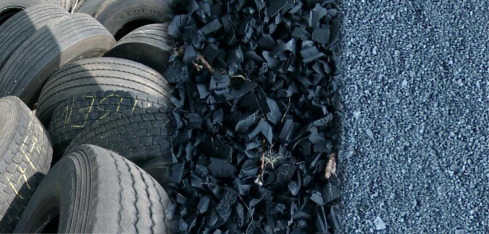
Te hinaaro nei au e ite hau atu â no nia i te faaapîraa i te mau tauihaa? Tei ô nei ta matou pŭpŭ no te tauturu! Te vai nei tatou 24/7 no te horo'a i te mau matini e te mau rave'a. A farerei ia matou i te mau taime atoa no te turu a te feia toroa. E poro'i noa tatou!
A farerei mai ia matou

